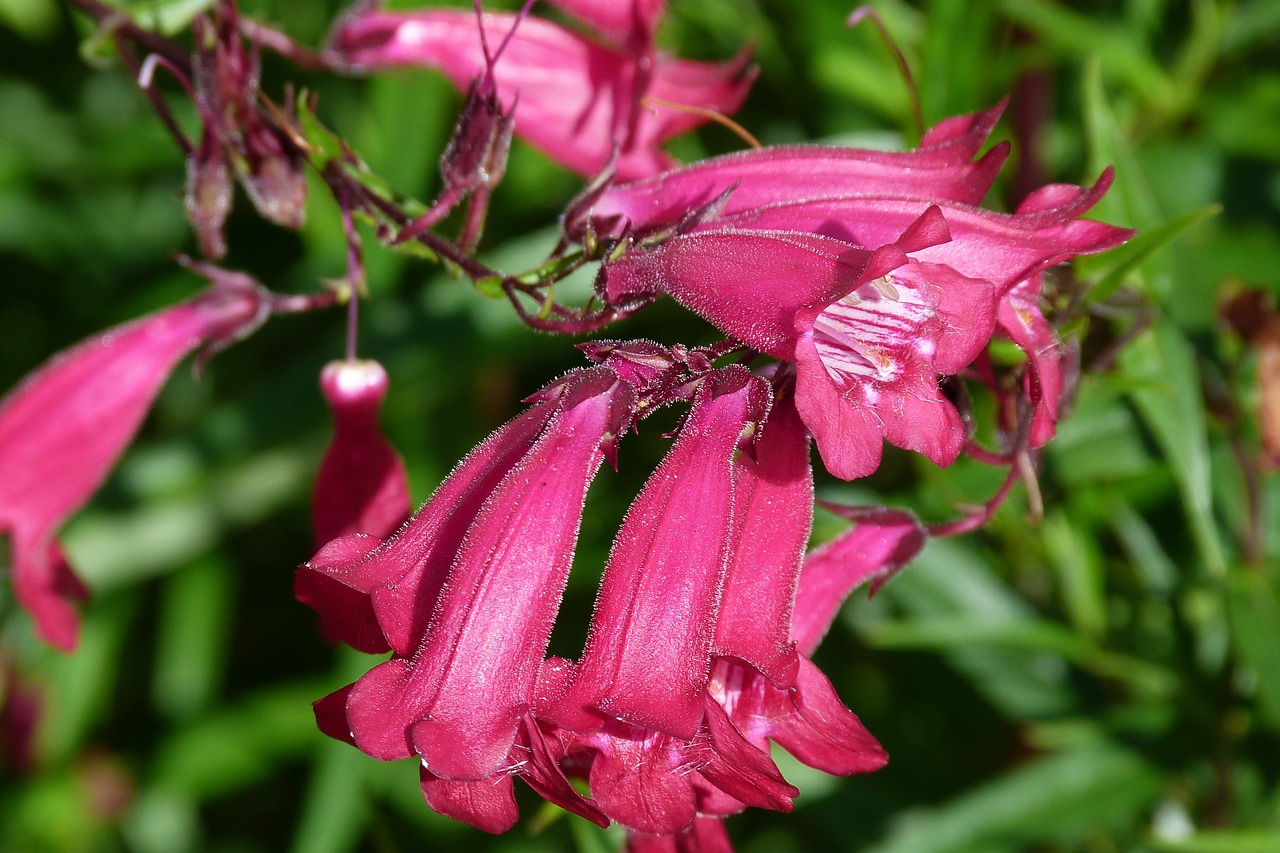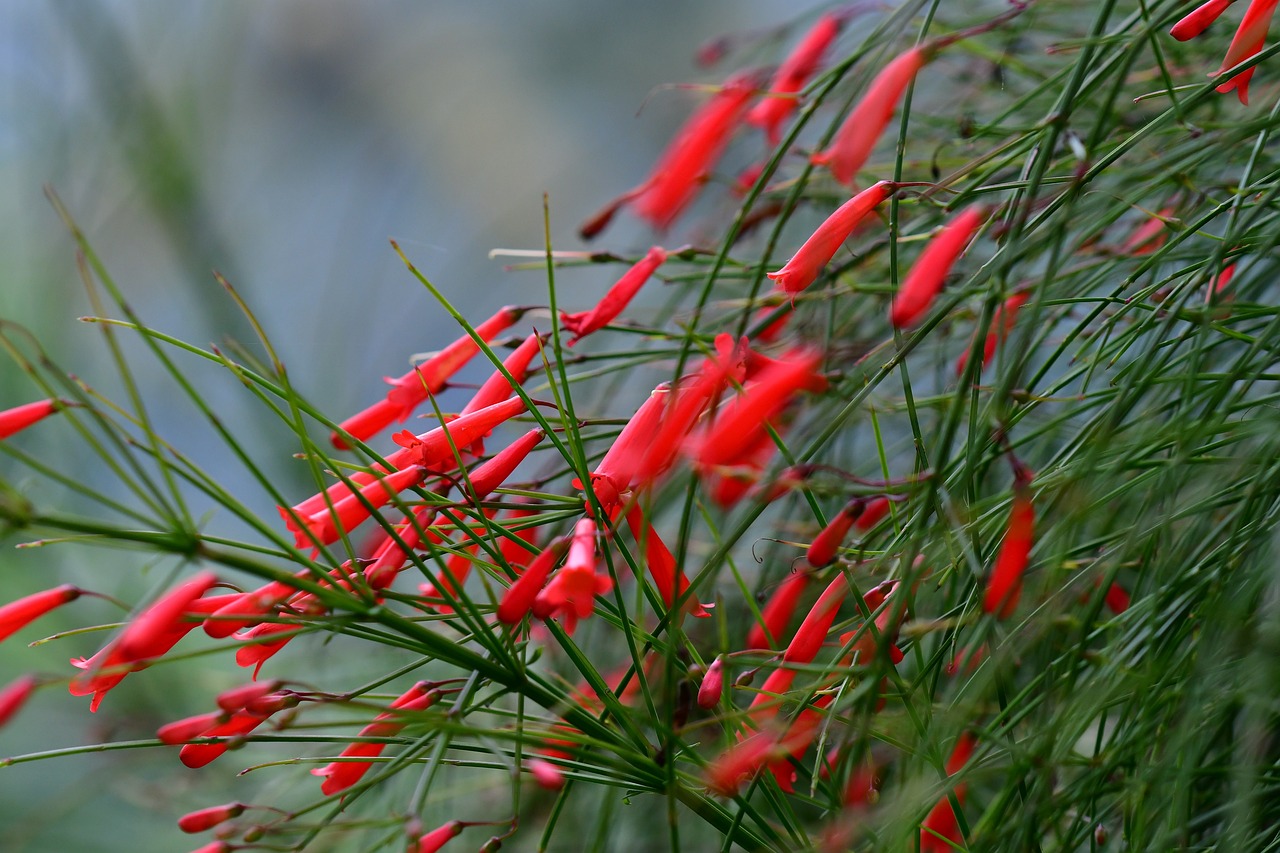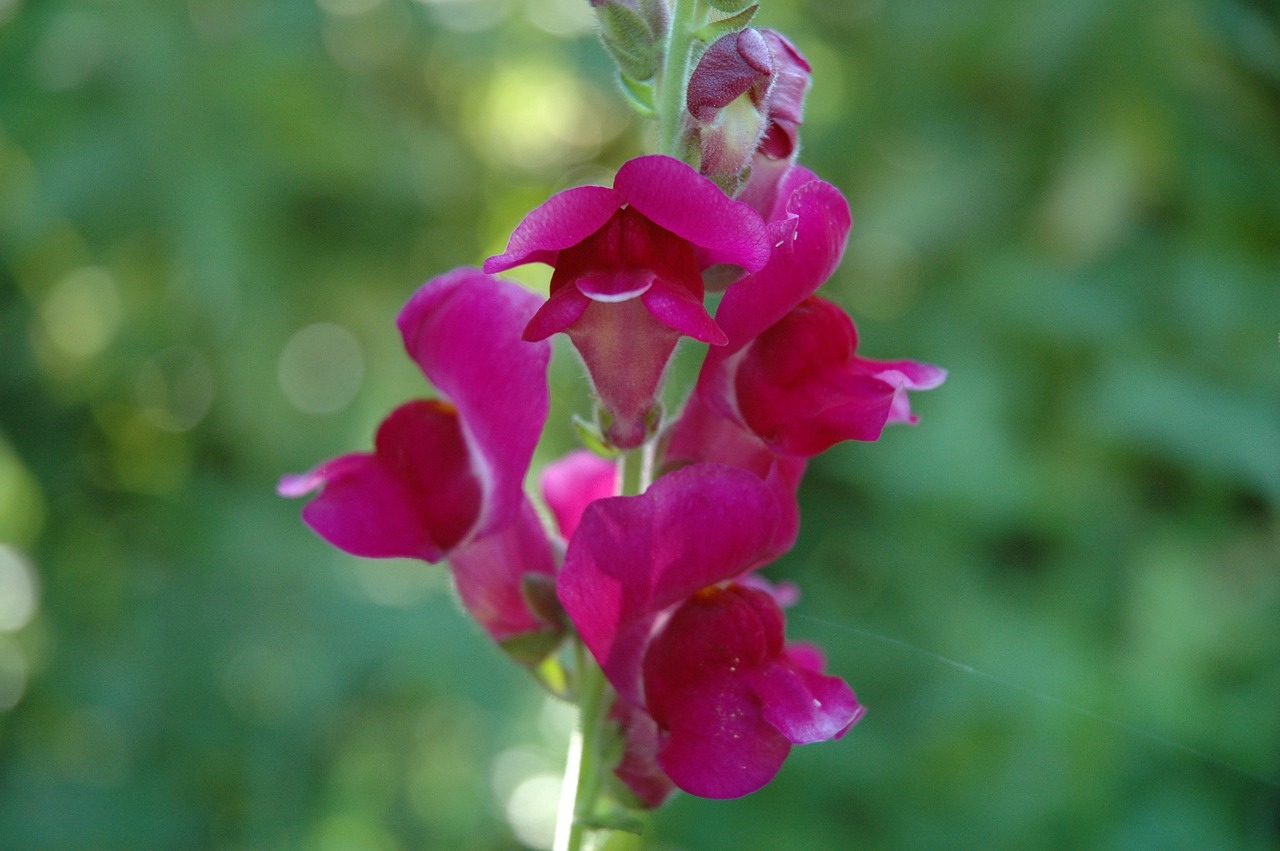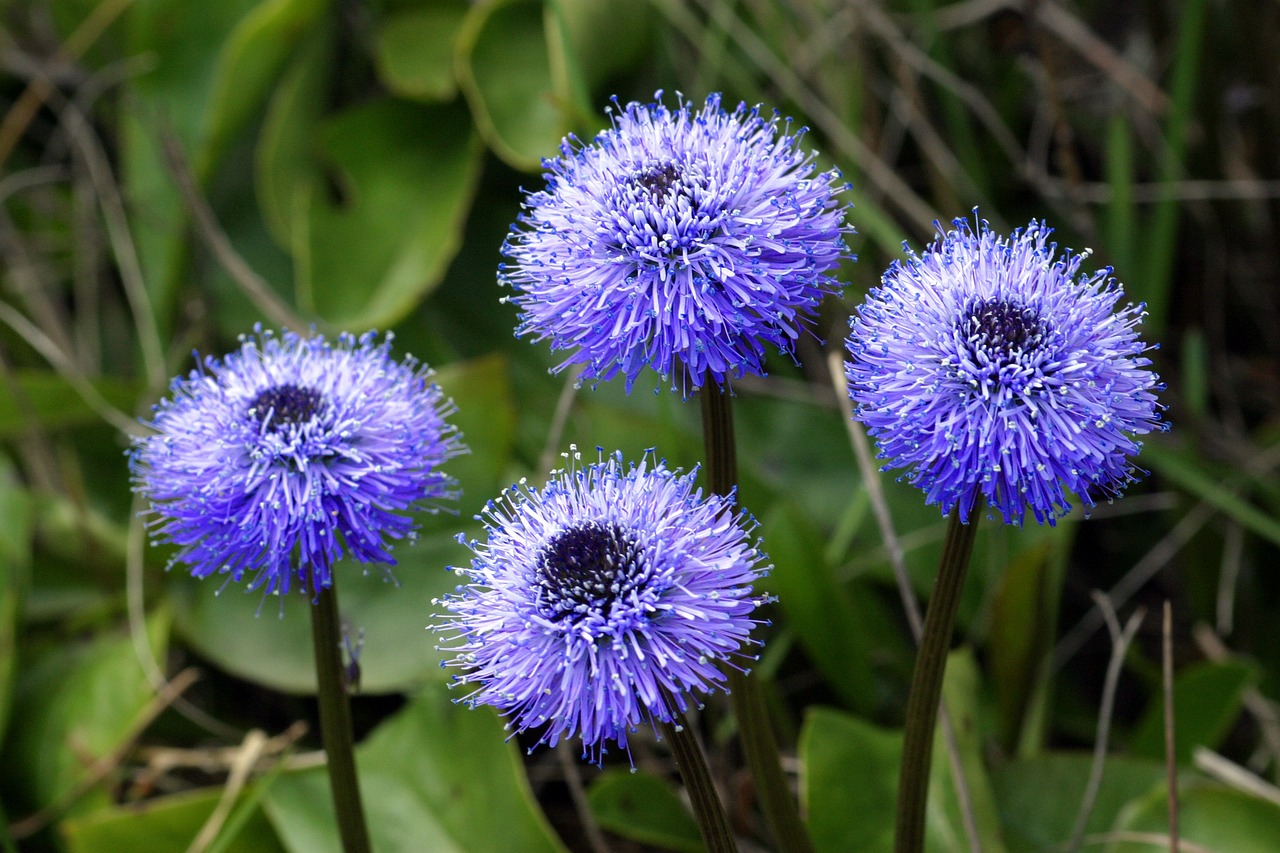Spiked Speedwell: Features and Care
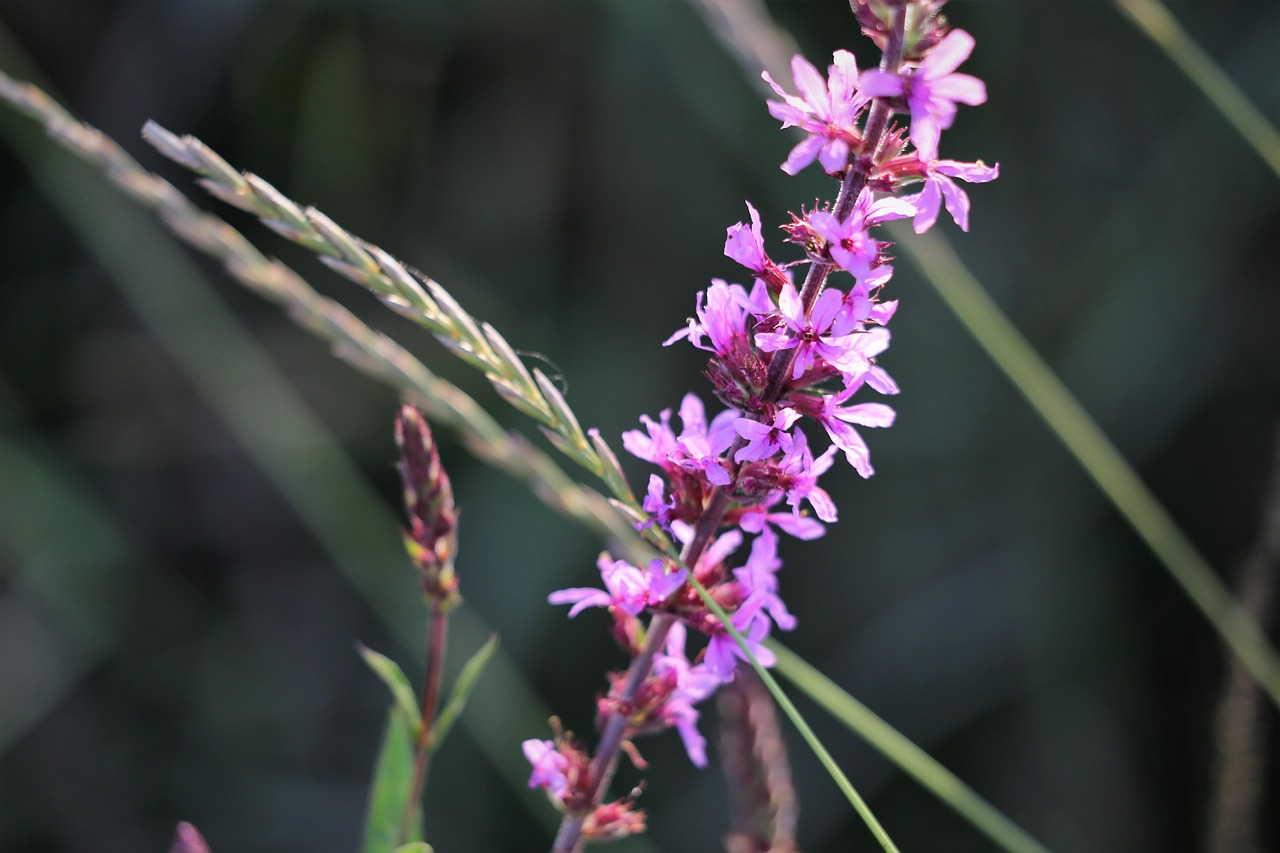
Spiked speedwell is a perennial plant known for its slender flower spikes in shades of violet-blue, pink, or white. Blooming from early to mid-summer, it is favored in flower borders and cottage gardens.
This article explores its basic characteristics, cultural significance, historical background, and growing tips.
Basic Information
- Scientific name: Veronica spicata
- Family: Plantaginaceae
- Origin: Europe to Western Asia
- Appearance: This upright perennial grows 30–70 cm tall. It produces narrow flower spikes densely packed with small blooms. The foliage consists of lance-shaped, opposite leaves, giving the plant a clean and vertical structure.
- Blooming season: June to August
Cultural Significance Worldwide
Spiked speedwell has long been cultivated as an ornamental plant throughout Europe. In countries like the UK, Germany, and France, it has been valued in formal flower beds and border gardens, especially for its vertical form that adds structure and depth.
In the UK, it gained popularity during the 19th century with the rise of the cottage garden style, contributing to a relaxed and natural atmosphere. Its cool-toned blooms are also appreciated for creating a refreshing summer ambiance.
In parts of Northern and Eastern Europe, the plant is found in meadows and hillsides, where it is cherished as part of the local wild flora. More recently, it has also become a staple in wildflower meadows and naturalistic garden designs.
Historical Background

The genus Veronica has been known since ancient times and is believed to have been named after Saint Veronica in the Christian tradition. The plant was already recorded in botanical texts in the 18th century and was grown in gardens across the Russian Empire and the Austro-Hungarian Empire.
In the 19th century, British horticulturists began cultivating new varieties, particularly those with violet-blue flowers. In Germany and the Netherlands, it has been a common feature in traditional perennial flower beds in rural home gardens.
Gardening Tips
Spiked speedwell grows best in sunny, well-ventilated areas. It dislikes excessive humidity and should be planted with good drainage in mind.
Sunlight
Prefers full sun. Low light conditions can reduce flower production.
Watering
Minimal watering is needed once established in the ground. For container-grown plants, water when the soil surface is dry.
Soil
Requires well-drained soil. Amend with compost or sand to improve drainage.
Fertilization
Apply a slow-release fertilizer in early spring. Avoid over-fertilizing to prevent weak growth.
Pruning
Deadhead spent flowers to encourage reblooming. In autumn, cut back stems close to the ground.
Cold tolerance
Hardy in cold climates. Mulch in snowy areas for extra protection.
Conclusion
Spiked speedwell is a summer-blooming perennial valued in European horticultural traditions. Its association with Saint Veronica and its historical use in gardens across the continent reflect its long-standing appeal.
With elegant vertical blooms and tidy foliage, it remains a favorite for borders, wildflower gardens, and landscape accents. Ensuring adequate sunlight and well-drained soil will help this plant thrive in a variety of garden settings.

